Bing AI Image Creator WhatsApp
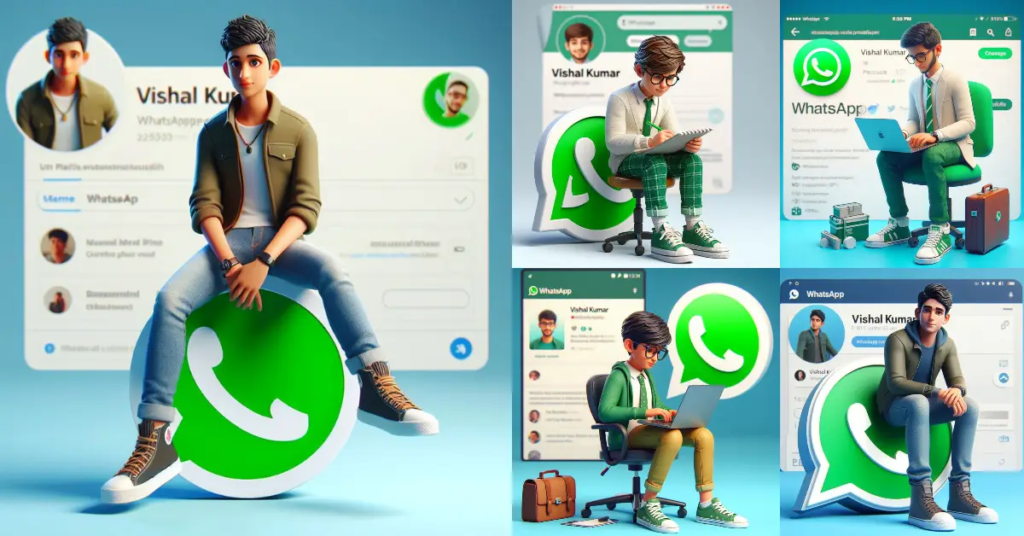
Artificial Intelligence (AI) has brought revolutionary changes to various industries, from healthcare to finance, and more recently, to the creative world. One of the most significant advancements in the creative space has been AI-driven image creation.
AI image generators use advanced algorithms, primarily based on deep learning and neural networks, to generate images from textual descriptions.
These technologies, often built on generative adversarial networks (GANs) or diffusion models, can create entirely new images that never existed before, based solely on the input provided by users.
Prominent tools like OpenAI’s DALL·E, MidJourney, and Bing’s AI Image Creator allow individuals, businesses, and creators to input simple text prompts and receive fully realized images.
These tools have become essential for designers, content creators, and marketers who need quick and affordable access to high-quality visual assets.
As AI technology continues to advance, these platforms will only improve, offering users even more refined and creative capabilities.
2. The Role of Bing AI Image Creator
Bing AI Image Creator is a tool powered by Microsoft’s collaboration with OpenAI. It leverages the power of GPT-3 and other models to transform user-inputted text into visually compelling images. Since its debut, Bing AI Image Creator has provided users with the ability to generate images on-demand, offering a wide array of styles, from photorealistic visuals to abstract artistic renderings.
One of the unique selling points of Bing AI Image Creator is its integration with Microsoft’s Bing Search Engine and Microsoft Edge browser. Users can access the tool directly from the Bing search interface and generate images right alongside their web browsing experience. This makes Bing’s tool particularly accessible for those who already use Microsoft products.
Key features include:
- Text-to-Image Generation: Bing AI Image Creator can generate images based on simple text inputs, which can be customized for various creative needs.
- Customizable Prompts: Users can refine their prompts to generate images with specific styles, color schemes, and subject matter.
- High-Quality Visuals: Whether you’re generating a surreal landscape, a digital artwork, or a realistic portrait, Bing’s AI Image Creator ensures high-quality results.
- Part of Microsoft Ecosystem: Integration within Microsoft’s broader ecosystem makes it easy to use the AI Image Creator across various devices and applications.
This tool has significant potential for both casual users and professionals. Whether you are a student looking for a creative image for your presentation or a digital artist searching for inspiration, Bing’s AI Image Creator provides an easy and quick way to generate visuals tailored to your needs.
3. WhatsApp as a Communication Platform
WhatsApp, owned by Meta Platforms (formerly Facebook), is one of the most widely used messaging platforms in the world, with over two billion active users as of 2024. It has become the go-to platform for personal communication, business interactions, and group chats.
The app is known for its simple interface, end-to-end encryption, and ability to send texts, images, videos, and voice messages. It is available on multiple platforms, including smartphones (iOS and Android) and a web version, making it versatile for various users.
WhatsApp is not just used for casual conversation but is also a key business tool. Many small businesses use WhatsApp to communicate with customers, provide customer support, and even send product updates or promotional content. The app also supports multimedia sharing, such as GIFs, images, and documents, allowing users to share their experiences and ideas in rich formats.
WhatsApp’s focus on simplicity and privacy has made it a household name in messaging. However, as the platform continues to grow, integrating new technologies—such as artificial intelligence—could further enhance its capabilities and user experience.
4. Integrating Bing AI Image Creator with WhatsApp
The idea of integrating Bing AI Image Creator with WhatsApp introduces an exciting prospect for transforming how users create and share images within their chats. While WhatsApp currently does not have a built-in image creation tool like Bing AI Image Creator, the possibilities of third-party integrations, bots, and external apps are vast.
The integration of Bing AI Image Creator with WhatsApp could be facilitated through several avenues:
- WhatsApp Bots: Bots are automated programs within WhatsApp that allow users to interact with the app more efficiently. A third-party bot could be designed to interact with Bing AI Image Creator’s API, enabling users to generate images directly within their WhatsApp chats. For example, a user might type a prompt, like “Create an image of a snowy mountain landscape,” and the bot would call the Bing AI Image Creator, process the request, and send back the generated image. The bot could also offer additional functionality like saving images, refining prompts, or sharing results with others in a group.
- Third-Party Apps: There could be external apps or services that integrate both Bing’s AI Image Creator and WhatsApp. For instance, an app could be developed where users create an image using the Bing AI Image Creator and then share that image directly within WhatsApp without needing to leave the app.
- WhatsApp Business API: WhatsApp Business is designed to help companies connect with customers, and businesses are already using it to send personalized messages. With the addition of AI-generated images, businesses could offer custom product visualizations, promotional images, or even personalized customer support visuals. For example, a user could request an image of a customized product, and the business could use the Bing AI Image Creator to send a personalized visual back.
5. Potential Applications for Users and Businesses
The combination of Bing AI Image Creator and WhatsApp could serve both personal users and businesses in numerous ways. Here are some potential use cases:
Personal Use:
- Custom Memes: Memes have become a vital form of online communication. With AI image generation, users could easily create custom memes and share them instantly with friends on WhatsApp.
- Personalized Gifts: Imagine sending a birthday message along with a unique, AI-generated image reflecting the recipient’s interests, such as a personalized digital artwork of their favorite pet or hobby.
- Creative Projects: WhatsApp users could use AI-generated visuals for school projects, creative writing, or any other personal creative endeavor, enhancing the overall experience with visuals that perfectly fit their descriptions.
Business Use:
- Marketing and Advertising: Small businesses often struggle to produce high-quality images for their marketing campaigns. By integrating Bing’s AI Image Creator, businesses can quickly generate promotional content, product mockups, and engaging visuals for their advertising efforts.
- Customer Support: AI-generated images can be used to enhance customer interactions, such as visualizing product features, demonstrating services, or helping customers understand instructions better.
- Content Creation: Social media managers and digital marketers can use AI-generated images to create content for social media, blogs, and email newsletters. These images could be tailored to specific campaigns, saving time and costs associated with traditional photography or stock image subscriptions.
Creative Professionals:
- Artists and Designers: Designers, illustrators, and other creative professionals can use AI image generation as a tool for inspiration. They can input specific details into the AI tool to generate rough drafts or initial concepts for projects.
- Collaborative Projects: Groups working on creative projects could use WhatsApp’s group functionality to collaborate on ideas and visualize concepts by sharing AI-generated images, offering a space for collective brainstorming.
6. Ethical Considerations and Challenges
While the combination of AI-generated images and messaging platforms opens new doors, it also brings several ethical and legal considerations:
Misinformation and Fake Content:
One of the primary risks of AI image generators is the potential to create misleading or harmful visuals. For instance, malicious users could generate realistic-looking but fake images to spread misinformation or create deepfakes. As WhatsApp is a platform where information spreads rapidly, this could become a serious problem.
Copyright Issues:
AI-generated images raise questions about ownership and copyright. If a user generates an image using a platform like Bing AI Image Creator, who owns the rights to the image? Is it the user who provided the prompt, the AI model itself, or the platform that provides the tool? These issues are still being debated in legal circles.
Bias in AI Models:
AI models are often trained on large datasets, which may include biases based on race, gender, or other factors. This could result in AI-generated images that reflect those biases. For example, an AI model might generate an image that unintentionally reinforces stereotypes, which could be harmful, especially in a global and culturally diverse app like WhatsApp.
7. Future of AI Image Generation in Messaging Apps
The future of AI-generated images in messaging apps is bright. As technology advances, we can expect to see improvements in the quality, diversity, and specificity of AI-generated content. For WhatsApp and similar platforms, AI integration could evolve to include more sophisticated tools, such as AI-generated video, audio, or even fully immersive AR experiences.
Additionally, AI image creation could become a core feature in apps like WhatsApp, allowing users to easily generate and share images without the need for third-party bots or apps. This would not only enhance user engagement but also open new opportunities for businesses and creators to connect with their audiences.
Conclusion
The integration of Bing AI Image Creator with WhatsApp could significantly change the way we create, share, and interact with visual content on a daily basis.
Whether for personal use, business applications, or creative projects, the ability to generate custom images from text descriptions will provide a vast range of possibilities.
However, as with all technological advancements, it is crucial to address the ethical, legal, and social implications of AI image creation, particularly in a messaging platform as popular as WhatsApp.
By fostering responsible usage, promoting transparency, and addressing potential risks, we can ensure that AI-driven image generation remains a tool for creativity, innovation, and positive interaction.
In the future, we can expect AI to become even more deeply integrated into communication platforms, reshaping how we interact with each other, share ideas, and experience the digital world.


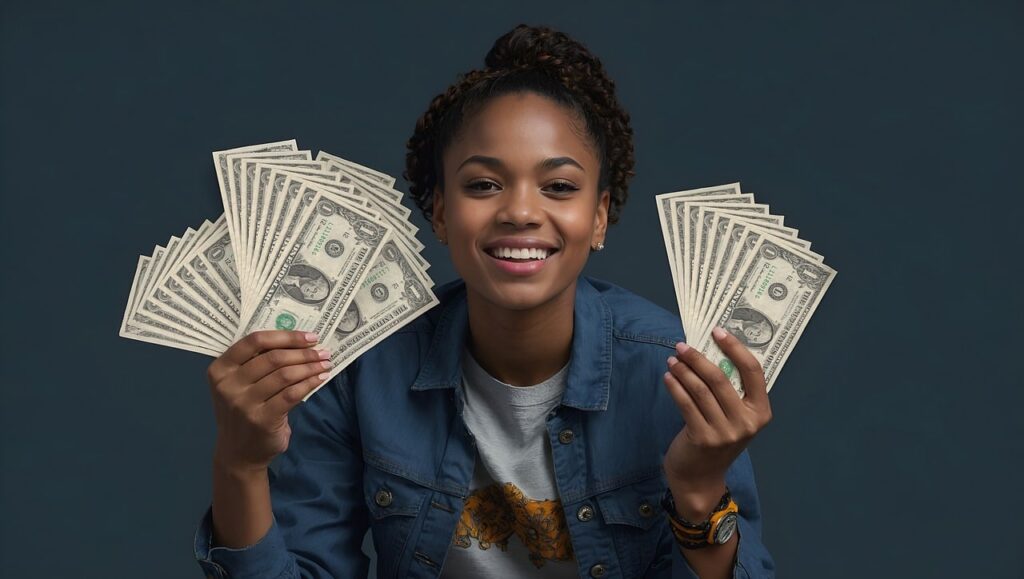
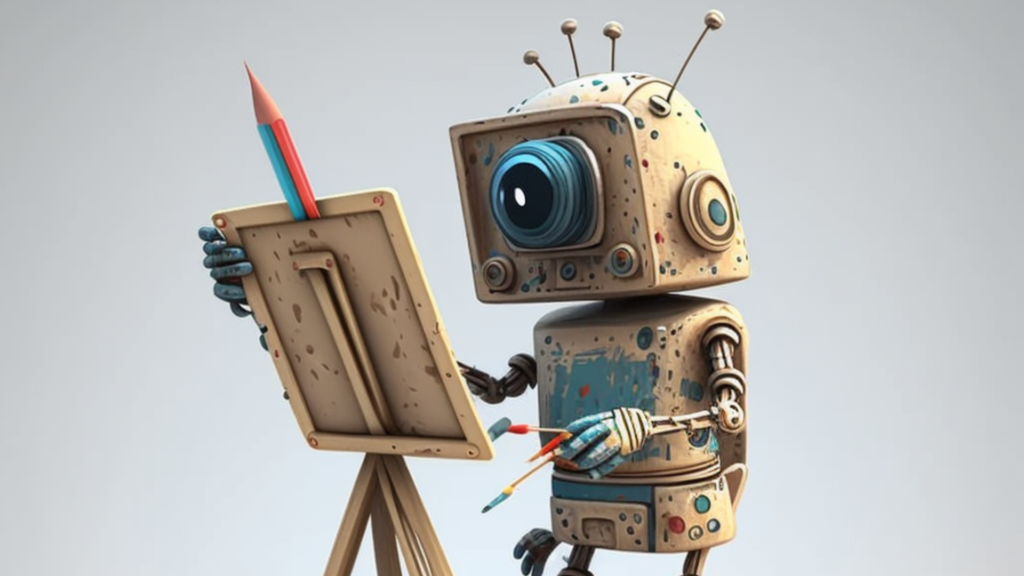
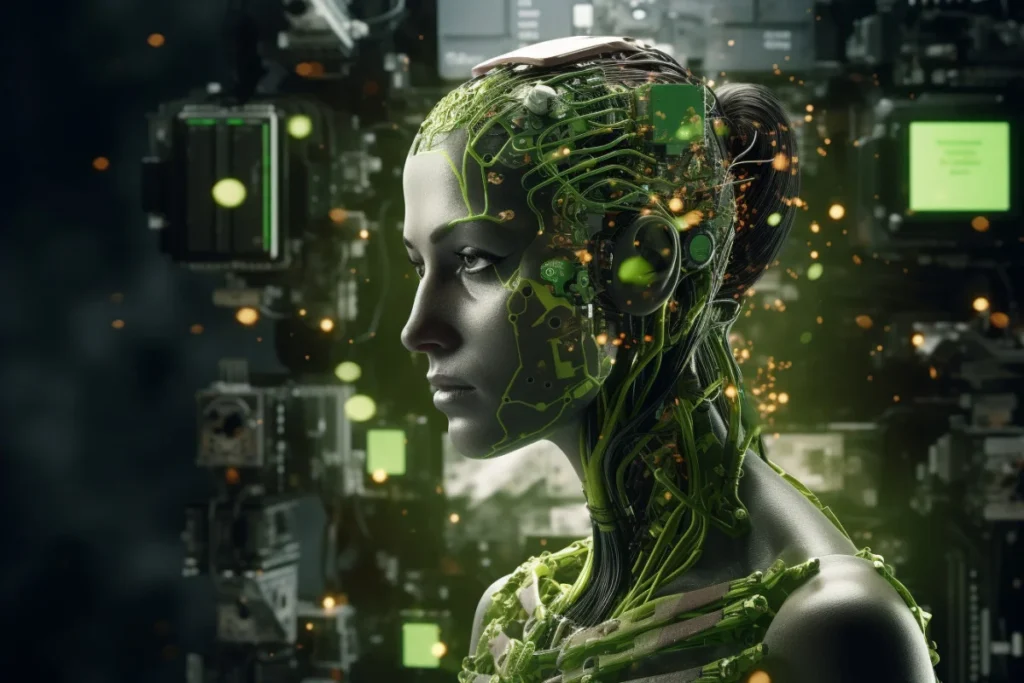

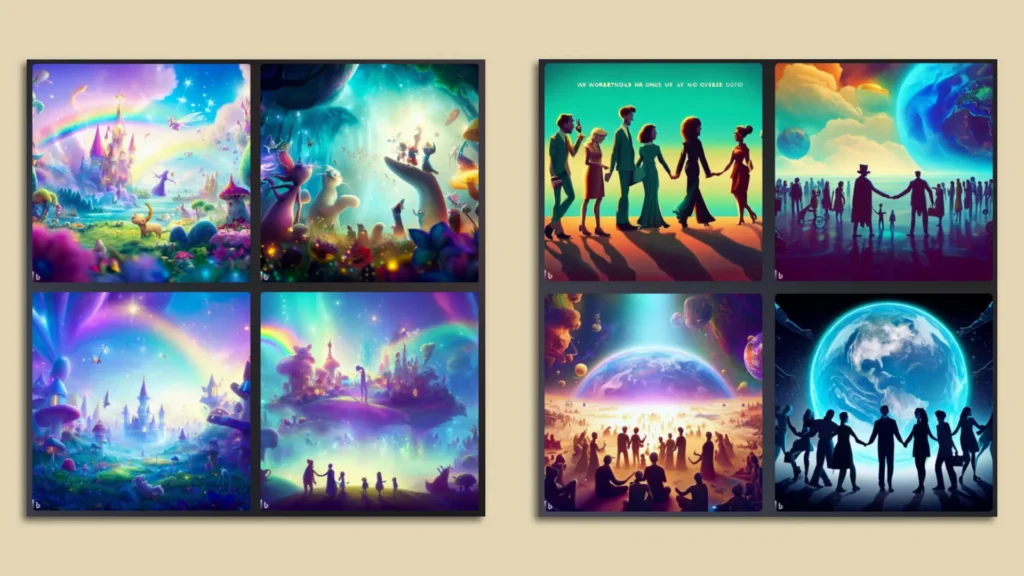
Responses